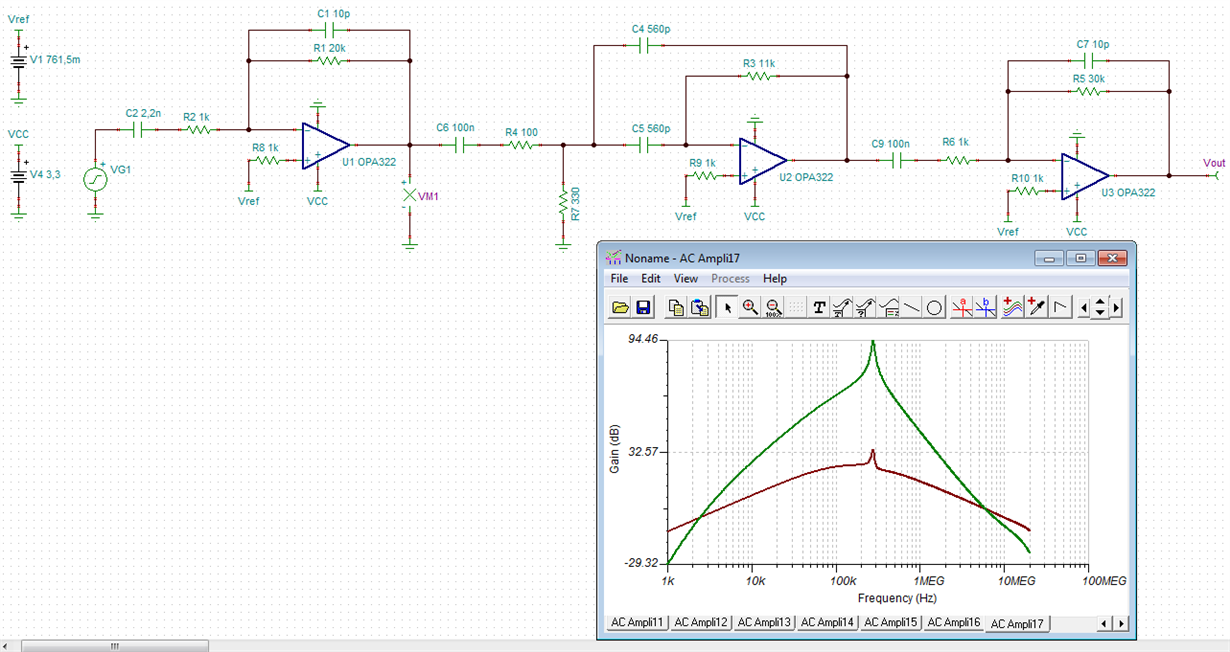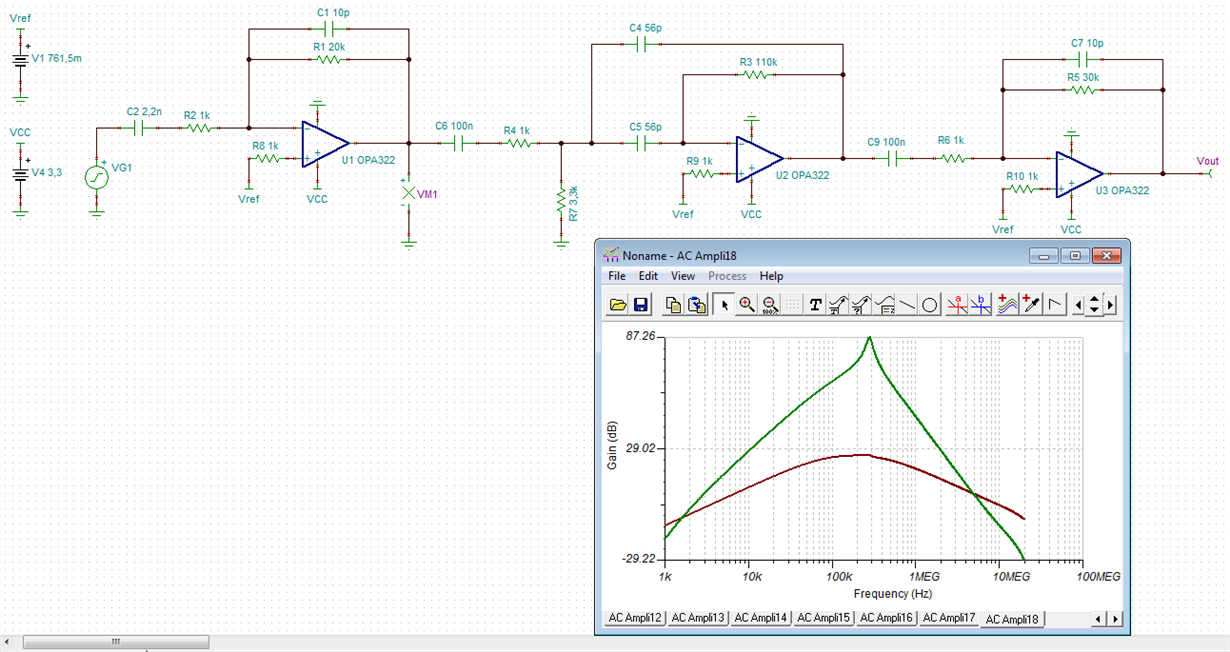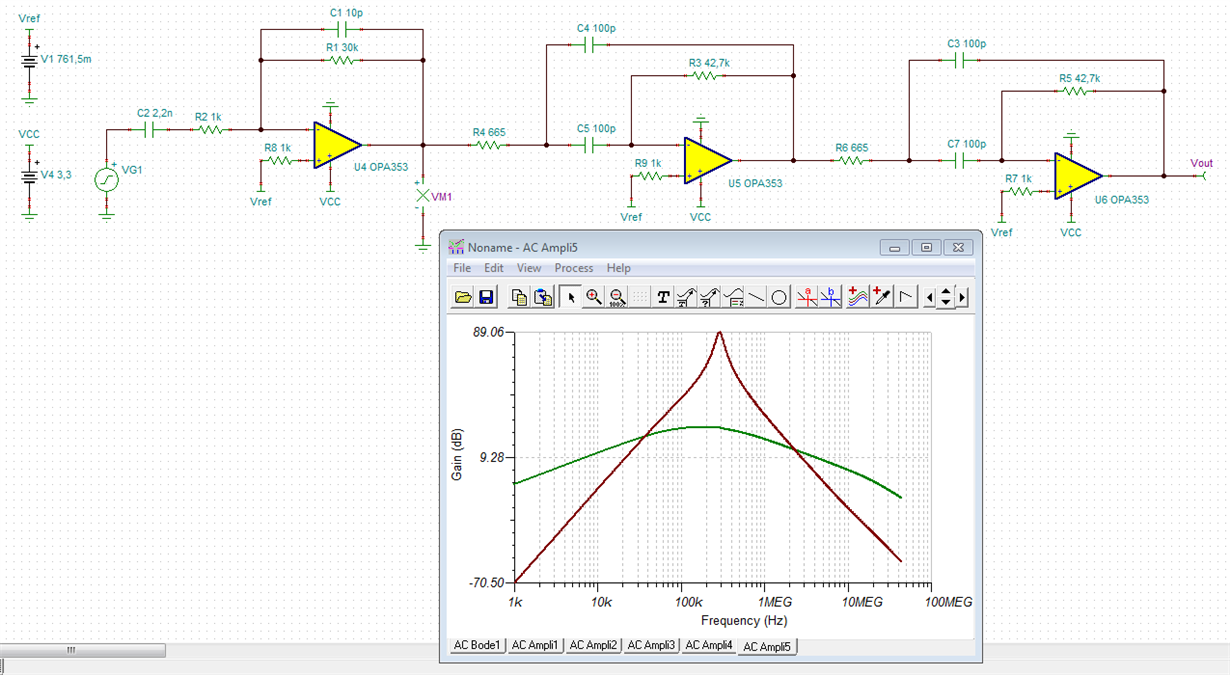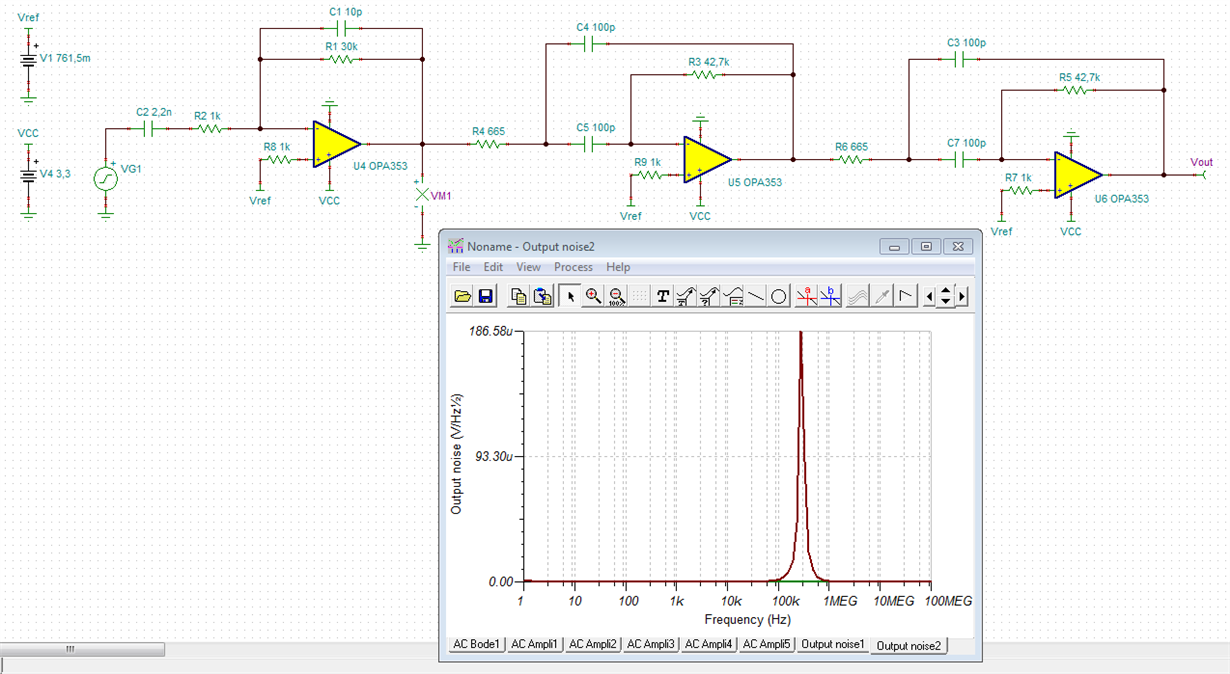Other Parts Discussed in Thread: OPA353
Hello.
Our customer has been using OPA2322 for several years. However, We found problems in these months.
After confirming, We found that there are some differences in the output signals ripple between normal and defective products.
Can you please help to explain the abnormalities in this part? Please refer to the attached report. Thanks for kindly help~






